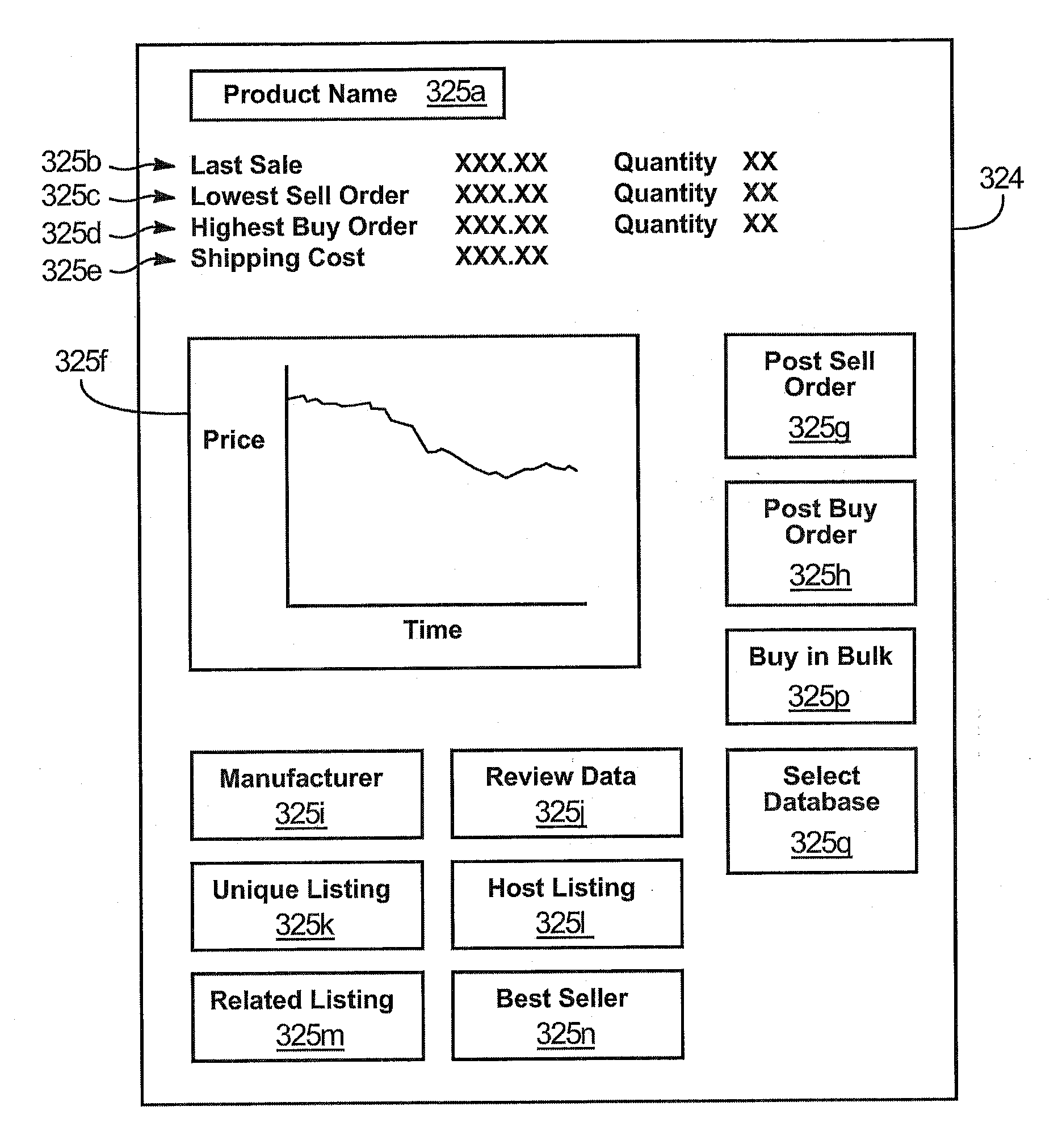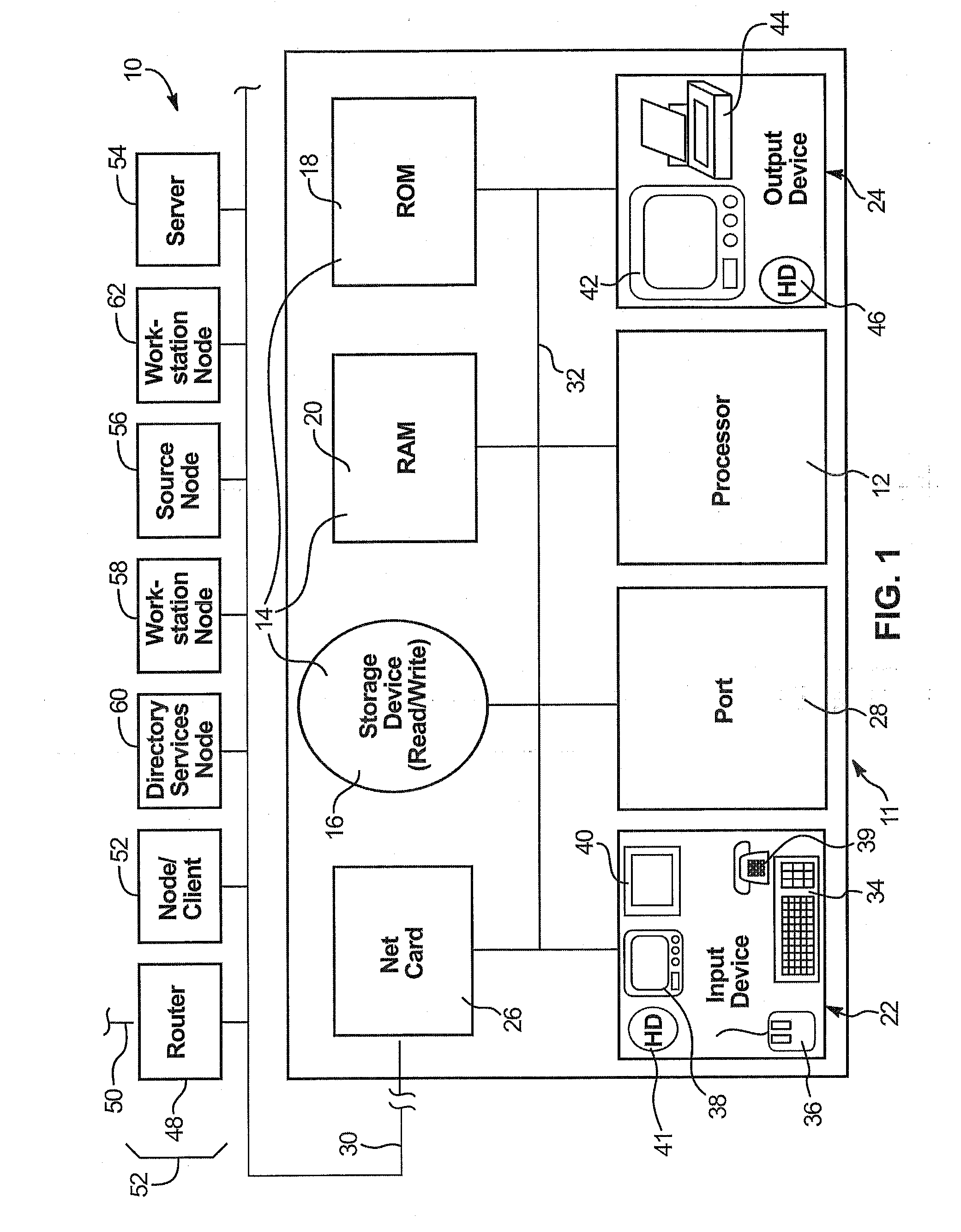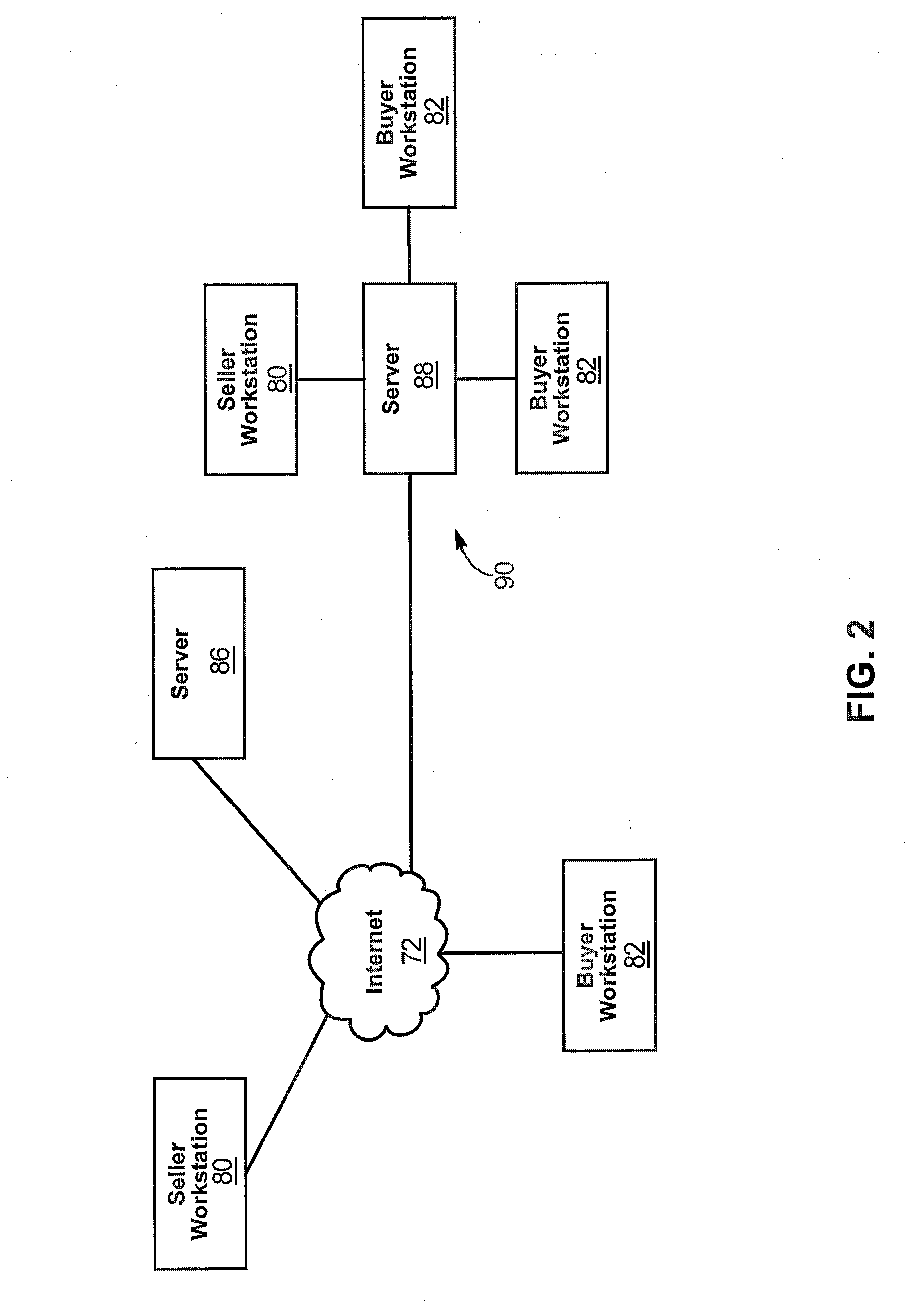However, such “online” transactions suffer from many of the same deficiencies as do face-to-face transactions, many relating to lack of independent or
objective information.
The main difficulties in both current attempts to conduct online transactions and face-to-face transactions arise from the difficulties in locating and contacting a buyer or seller, presenting sufficient
objective information, and evaluating the fairness of the terms in a transaction.
Online transactions suffer from the additional difficulties arising from their long-distance and anonymous nature.
In online transactions, a buyer is faced with the difficulty in finding a seller.
Ready access to or comparison of the specifications, meaningful characterizations, standard comparisons, and valuation parameters of products, and the terms of sales is even more difficult.
For the seller, the Internet creates enormous difficulties in marketing products.
The principal
weakness of this process is that factors that may make a seller a more desirable than others do not determine whether the seller will be displayed first to a user.
Important factors such as condition, features, price, shipping costs, reliability, and the like must then be evaluated by a conscientious buyer through tedious navigation of the multitude of disparate websites, each displaying what is programmed to promote, and often leaving out equally significant weaknesses or lacks.
However, these also suffer from difficulties.
For example, they often (but not always) do not know the availability of the product at the various sites.
If sold out at
a site, one cannot find out until going to the site.
However, the listing of sellers still leaves one bewildered and conflicted because one typically does not want to automatically choose the vendor with the lowest price.
It is often a small unknown site that may disappear before delivery of the buyer's order.
Accordingly, reliability is far from certain.
These are easily manipulated by unscrupulous vendors and still will not protect against those fly-by-night vendors.
The online embodiment of the auction likewise presents many difficulties to a user.
Comparison is further made difficult by the fact that a buyer may not readily compare prices of products for auction since the final price is only determined when the auction for a product is concluded.
The process of bidding on items in an auction itself introduces difficulties.
The emotional aspect of an auction with its competitive and urgent bidding up of the price tends to override prudence and provides no assurances that the price one pays is fair.
Furthermore, when there are multiple auctions for the same or very similar products, the buyer often feels compelled to bid in more than one auction.
Another problem with auctions is that of comparing shipping costs across auctions.
Yet another problem is the time-sensitive nature of the auction.
This limitation is a disservice to the buyer who must often wait several days to see if a purchase will go through.
Both auction-style transactions and “retail” transactions through merchant websites suffer from the uncertainty and potential for fraud.
The risk stems from the remoteness and
anonymity of the parties to the transaction.
Not knowing the identity of the other party, one can be hard pressed to enforce any obligation against the other party.
This uncertainty limits many potential buyers to a few major vendor websites, which may or may not have the best prices and overall
quality of service.
Thus the
purchasing process (or the market itself) is inefficient due to the presence of these major vendors who command greater market share despite questionable prices and service.
The remoteness of the transaction also adds uncertainty to the transaction costs of
purchasing a product.
A conscientious buyer who finds a seemingly low purchase price may find upon consummation of a transaction that the overall costs of the transaction, due to costs of shipping, were in fact less favorable than a buyer thought.
Other unanticipated costs include the cost of fraud to the buyer, seller, or both.
For example, a user eventually must bear the cost of a vendor' so called “fraud prevention program.” Comparison of overall costs of a transaction may in fact be very difficult to ascertain.
Another difficulty occasioned by the online nature of the transaction may include the costs of transferring funds.
The various funds
transfer mechanism may also include costs to the seller and create difficulties for the collection of funds owed to the seller.
Additionally, many auction sites allow the seller to limit the
payment options.
This limitation can inefficiently confine the
market place of potential buyers.
Another
disadvantage of the current state of the art in online auctions is the fact that it is very difficult for a buyer to assess the fair value of a product because of the lack (or
poor quality) of market history, comparable
product data, comparable price data, lack of tools for price evaluation, or the like.
The costs to a party to the transaction for such an application should be based on the risk of fraud or nonperformance that the party poses.
 Login to View More
Login to View More  Login to View More
Login to View More 


